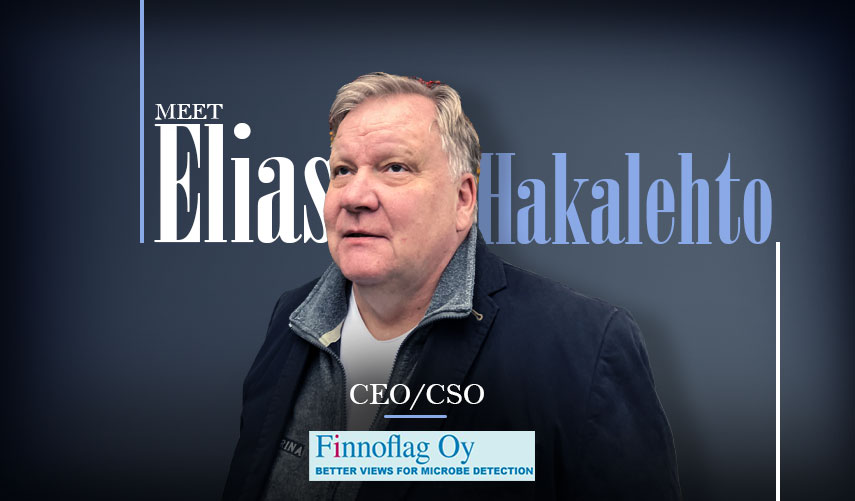According to S&P Global Ratings, GCC banks have robust capital buffers, stable credit fundamentals, and resilient profitability going into 2026. However, the company warns that the sector’s largest risks are still geopolitical concerns and volatile oil prices. According to S&P’s extensive new analysis, 90% of bank ratings in the Gulf have a stable outlook, which reflects the region’s sound economic foundation and cautious banking practices.
The region’s lenders are starting the year with “broadly stable profitability, supportive asset quality, and strong capitalization,” according to S&P Global Ratings analysts Mohamed Damak and Tatjana Lescova, highlighting the industry’s resilience to shocks. The health of Gulf banks depends on how well they manage external risks, according to Damak, who noted that our base case assumes no major geopolitical eruption or a sharp, prolonged decline in oil prices.
The two main downside risks, according to the ratings agency, are either a serious regional conflict that affects macroeconomic conditions or a dramatic decline in oil prices driven by oversupply in energy markets and a global recession.
According to Lescova, event risks are still a concern for the GCC. The impact of any future escalation will depend on its duration, severity, and ramifications for oil flows, investor mood, and financial markets, even though recent geopolitical episodes, such as the strikes on Qatar in 2025, were brief.
Also Read:
As The U.S. Shutdown Ends, European Markets Shed Earlier Gains
According to Epstein’s Email, Andrew and Virginia Giuffre Took a Picture































































